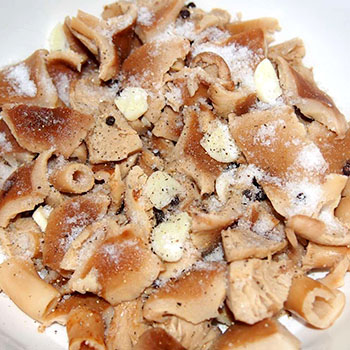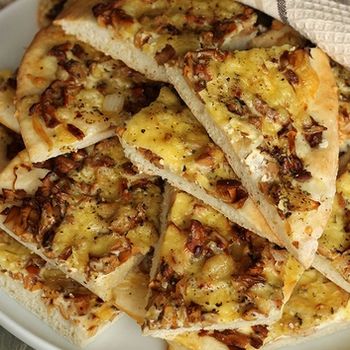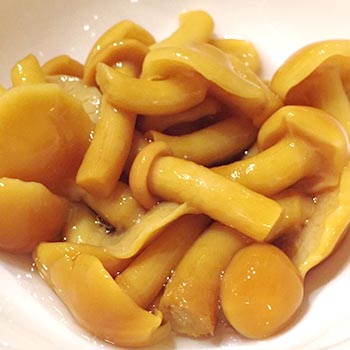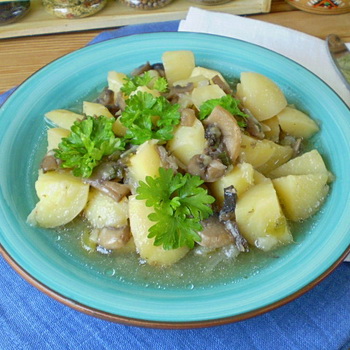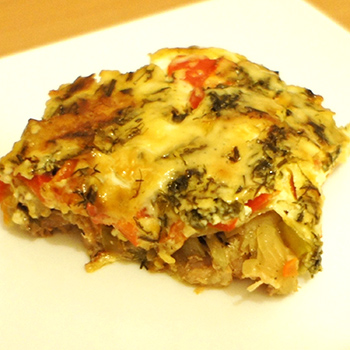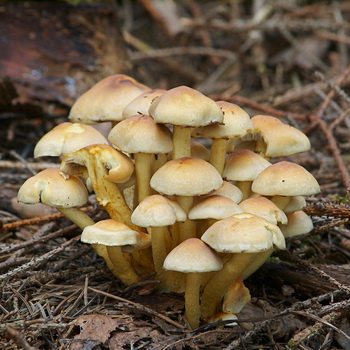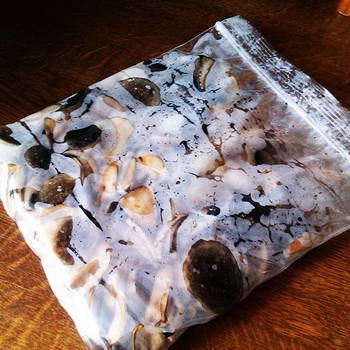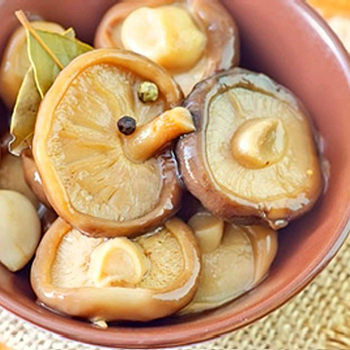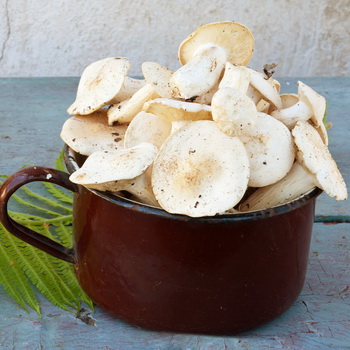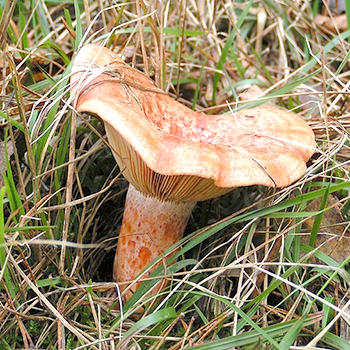Boletus mushrooms: photos and descriptions of species, what mushrooms look like, where and when they grow
 Going into the forest for summer boletus (Leccinum), you need not worry: these species do not have poisonous counterparts. The mushrooms that ripen in June are only slightly similar to the bile ones Tylopilus felleus, but these inedible fruiting bodies have a pinkish flesh, making them difficult to confuse with Leccinum. Boletus, appearing in the forest in early summer, continue to bear fruit until mid-autumn.
Going into the forest for summer boletus (Leccinum), you need not worry: these species do not have poisonous counterparts. The mushrooms that ripen in June are only slightly similar to the bile ones Tylopilus felleus, but these inedible fruiting bodies have a pinkish flesh, making them difficult to confuse with Leccinum. Boletus, appearing in the forest in early summer, continue to bear fruit until mid-autumn.
Boletus mushrooms are known to everyone. The June varieties are especially desirable as they are the very first of the valuable tubular mushrooms. In June, when there are still few mosquitoes in the forest, it is pleasant to walk along the nascent green forest strip. At this time, they prefer the southern open sides of trees and small hills along the canals and the banks of rivers and lakes.
At this time, the following types of boletus can most often be found:
- yellow-brown
- common
- marsh
Photos, descriptions and main characteristics of boletus mushrooms of all these varieties are presented in this material.
Boletus yellow-brown

Where do yellow-brown boletus (Leccinum versipelle) grow: birch, coniferous and mixed forests.
Season: from June to October.
The hat is fleshy, 5-15 cm in diameter, and in some cases up to 20 cm. The shape of the hat is hemispherical with a slightly woolly surface; with age, it becomes less convex. Color - yellow-brown or bright orange. Often the skin hangs over the edge of the cap. The lower surface is finely porous, the pores are light gray, yellow-gray, ocher-gray.

In this species of boletus mushrooms, the leg is thin and long, white, covered along its entire length with black scales, in immature specimens it is dark.
The pulp is dense, whitish, on the cut it turns gray-black.
Tubular layer up to 2.5 cm thick with very fine white pores.
Variability: the color of the cap varies from light brown to yellow-brown and dark brown. As the mushroom matures, the skin of the cap may shrink, exposing the surrounding tubules. The pores and tubules are whitish at first, then yellow-gray. The scales on the peduncle are first gray, then almost black.

There are no poisonous counterparts. Similar to these boletus boletus are bile mushrooms (Tylopilus felleus), which have a pinkish pulp and have an unpleasant odor and a very bitter taste.
Cooking methods: drying, pickling, canning, frying. It is recommended to remove the stem before use, and in older mushrooms - the skin.
Edible, 2nd category.
See what a yellow-brown boletus looks like in these photos:



Common boletus
When the boletus (Leccinum scabrum) grows: from early June to late October.

Habitat: deciduous, more often birch forests, but also occurs in mixed, singly or in groups.
The cap is fleshy, 5-16 cm in diameter, and in some cases up to 25 cm. The shape of the cap is hemispherical, then cushion-shaped, smooth with a slightly fibrous surface. Variable color: grayish, gray-brown, dark brown, brown. Often the skin hangs over the edge of the cap.

Stem 7-20 cm, thin and long, cylindrical, slightly thickened downwards. Young mushrooms are clavate. The leg is white with scales, which are almost black in mature mushrooms. The tissue of the leg in older specimens becomes fibrous and tough. Thickness - 1-3.5 cm.
The pulp is dense, whitish or loose. At the break, the color slightly changes to pink or gray-pink with a good smell and taste.

The hymenophore is nearly free or notched, whitish or grayish to off-gray in age, and consists of tubules 1–2.5 cm long. The pores of the tubules are small, angular-rounded, whitish.
Variability: the color of the cap varies from light brown to dark brown.As the mushroom matures, the skin of the cap may shrink, exposing the surrounding tubules. The pores and tubules are whitish at first, then yellow-gray. The scales on the peduncle are first gray, then almost black.
There are no poisonous counterparts. According to the description. This boletus is a bit like a gall mushroom (Tylopilus felleus), which has a pinkish tinge of flesh, it has an unpleasant odor and a very bitter taste.
Cooking methods: drying, pickling, canning, frying.
Edible, 2nd category.
These photos show what an ordinary boletus mushroom looks like:



Marsh boletus
When the marsh boletus mushroom (Leccinum nucatum) grows: July to late September.

Habitat: singly and in groups in sphagnum bogs and in damp mixed forests with birches, near water bodies.
The cap is 3-10 cm in diameter, and in some cases up to 14 cm, in young mushrooms it is convex, cushion-shaped, then flatter, smoother or slightly wrinkled. A distinctive feature of the species is the nutty or creamy brown color of the cap.
The stem is thin and long, whitish or whitish-cream. The second distinctive feature of the species consists in large scales on the stem, especially in young specimens, when the surface looks very rough and even bumpy.

Height - 5-13 cm, sometimes up to 18 cm, thickness -1-2.5 cm.
The pulp is soft, white, dense, has a light mushroom aroma. The hymenophore is whitish, with time it becomes grayish.
Tubular layer 1.2-2.5 cm thick, white in young specimens and dirty grayish later, with rounded-angular pores of tubules.

Variability: the color of the cap varies from hazel to light brown. The tubules and pores are white to gray. The white leg darkens with age, becoming covered with brownish-gray scales.
There are no poisonous counterparts. By the color of the cap, these boletus mushrooms are similar to inedible bile mushrooms (Tylopilus felleus), in which the flesh has a pinkish tinge and a bitter taste.
Edible, 2nd category.
Here you can see photos of boletus mushrooms, the description of which is presented on this page:




